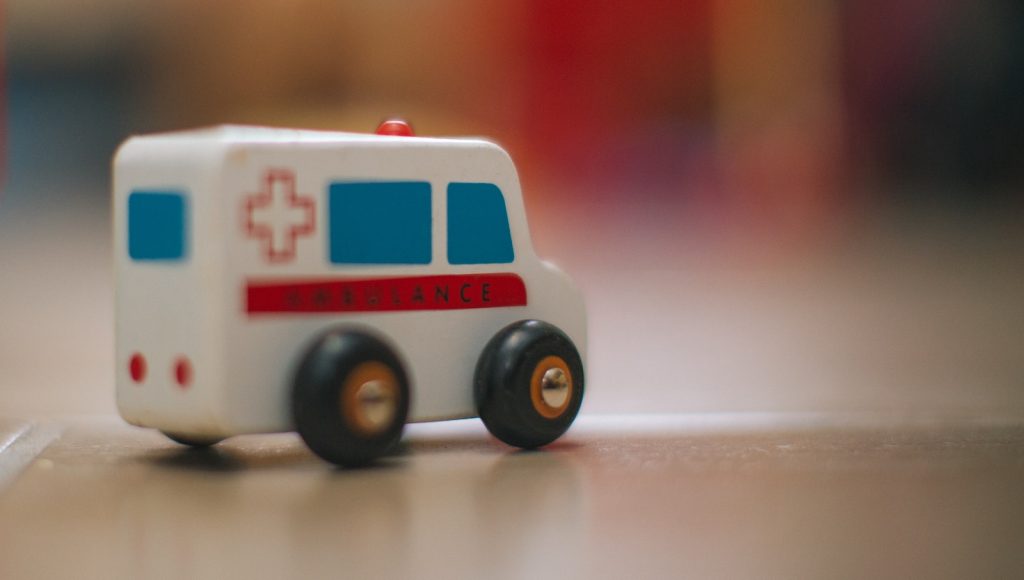
You’ll want to make sure you’re using your emergency savings wisely, so that you can feel confident and prepared in case of unexpected financial situations. One way to do this is by prioritizing what expenses are truly necessary during an emergency. For example, if you lose your job, it may be important to cover basic living expenses like rent and groceries, but less important to continue paying for subscription services or eating out at restaurants.
Another way to use your emergency fund wisely is by avoiding dipping into it for non-emergency situations. It can be tempting to use the money for other expenses, but remember that the purpose of an emergency fund is specifically for unexpected events that could cause financial strain. If you find yourself regularly using your emergency savings for non-emergencies, consider re-evaluating your budget and finding ways to cut back on unnecessary expenses.
To help keep track of how much money you have in your emergency fund and how much you’ve used during an emergency situation, consider creating a table like the one below:
| Expense | Amount Needed | Amount Covered by Emergency Fund |
|---|---|---|
| Rent | $1,200 | $1,200 |
| Groceries | $300 | $300 |
| Car Repair | $500 | $0 |
This table can give you a clear picture of what expenses are covered by your emergency fund and which ones still need to be paid out-of-pocket. By keeping track of these numbers, you’ll be able to see exactly how much money you have left in case another unexpected expense arises.
Remember: building an emergency fund isn’t just about saving money – it’s also about using it wisely when needed. By prioritizing necessary expenses during emergencies and avoiding dipping into the fund for non-emergency situations, you’ll be better equipped to handle any financial challenges that come your way.
Staying Motivated and On Track for Financial Security
Staying motivated and on track for financial security can feel overwhelming, but it’s important to remember that every small step you take towards your goals will add up over time. Here are a few tips to help you stay motivated:
-
Create a vision board: A visual representation of your goals can be incredibly motivating. Cut out pictures of what you want to achieve and place them somewhere visible.
-
Celebrate small victories: Don’t wait until you’ve achieved your big goal to celebrate. Acknowledge and reward yourself for the small wins along the way.
-
Find an accountability partner: Having someone who’s also working towards financial security can help keep you on track. Share your progress with each other and offer support when one of you is struggling.
-
Take breaks when needed: It’s okay to take a break from budgeting or saving if you need it. Just make sure that break doesn’t turn into giving up altogether.
-
Remember why you started: Whenever you feel like giving up, remind yourself of why achieving financial security is important to you.
By incorporating these tips into your routine, staying motivated and on track for financial security will become easier over time. Remember that it’s not about being perfect, but rather making consistent progress towards your goals. Keep going!
Frequently Asked Questions
What is the ideal amount of money to have in an emergency fund?
The ideal amount of money for your emergency fund is three to six months’ worth of living expenses. This will provide a safety net for unexpected expenses or loss of income, and help you avoid going into debt.
Are there any tax implications for emergency funds?
Yes, depending on where you keep your emergency fund, there may be tax implications. Interest earned on savings accounts is taxable income, while withdrawals from a Roth IRA are tax-free. Consult a financial advisor for personalized advice.
How often should I review and adjust my emergency fund?
You should review and adjust your emergency fund at least once a year or whenever there are significant changes in your financial situation. This ensures that you have enough funds to cover unexpected expenses and avoid future debt.
Can I use my emergency fund for non-financial emergencies?
Yes, you can use your emergency fund for non-financial emergencies like a car breakdown or unexpected travel. However, it’s important to replenish the funds as soon as possible to be prepared for future financial emergencies.
How do I balance saving for an emergency fund and other financial goals?
Balance saving for an emergency fund and other financial goals by setting a realistic budget. Allocate a percentage of your income to your emergency fund first, then prioritize debt repayment and retirement savings. Stay disciplined and adjust as needed.
Conclusion
Congratulations! By reading this article, you’ve taken the first step towards building a solid financial foundation. You now understand why having an emergency fund is so important and how to go about creating one.
Remember, emergencies can happen at any time, and having money set aside can help you avoid going into debt.
To recap, start by setting realistic goals for your emergency fund based on your monthly expenses. Create a budget that includes a line item for saving towards emergencies and use automatic transfers to maximize your savings potential.
Consider choosing a high-yield savings account or money market account for your emergency fund and resist the temptation to dip into it for non-emergency expenses.
By using these tips and staying focused on your financial goals, you can achieve greater peace of mind knowing that you are prepared for whatever life throws your way.
Building an emergency fund may take time and discipline, but the rewards of financial security are well worth the effort in the long run.